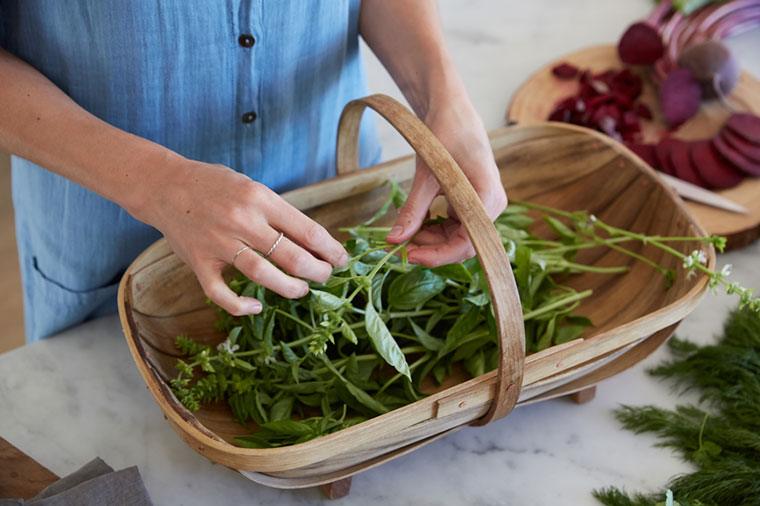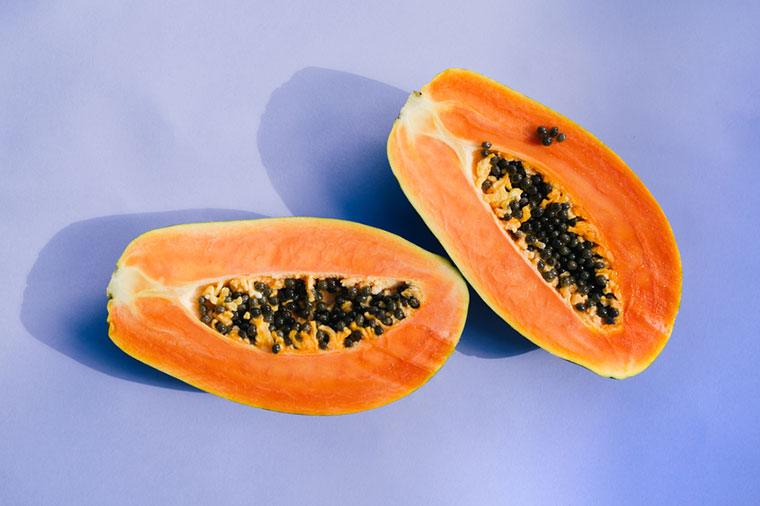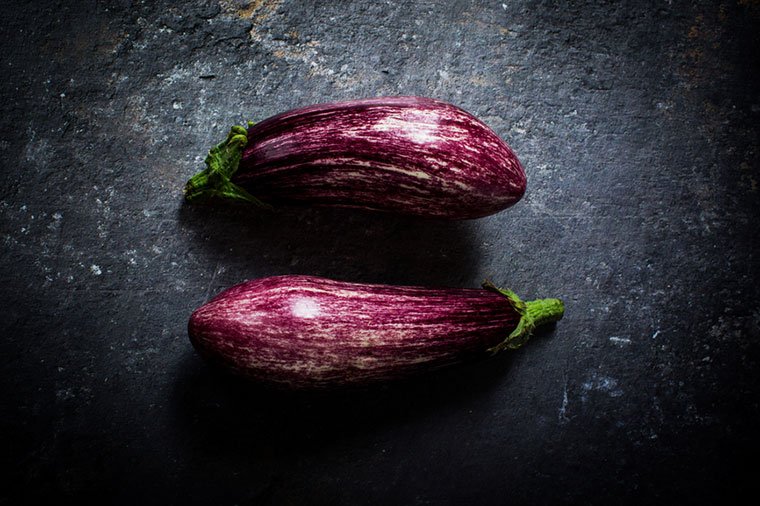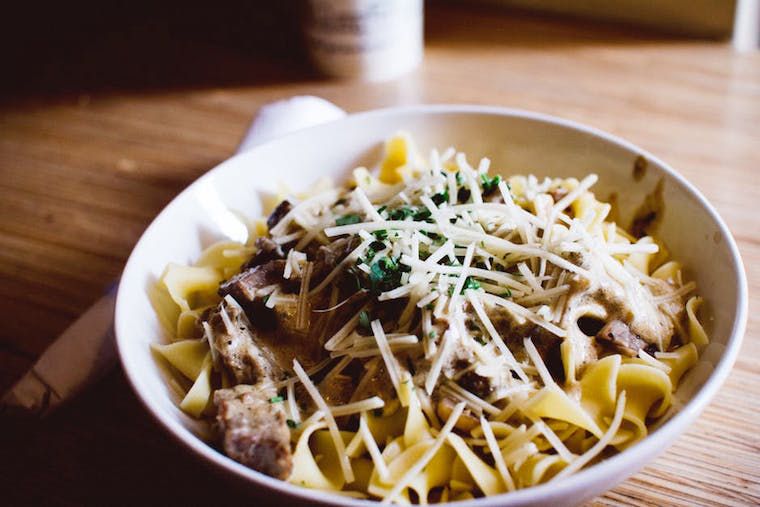This Anti-Inflammatory Food Pyramid Will Help You Build the Ultimate Healthy Diet
Inflammation is right up there with sugar in terms of scary wellness words. You've probably heard the laundry list of ailments it's tied to: acne, sleeping problems, gut issues, and even life-threatening conditions, like heart disease.
The good news is that you can eat your way to better health—as long as you're filling up on the right foods. Sure, turmeric gets a lot of the glory when it comes to fighting inflammation, but how many golden lattes do you need to sip a day for it to actually make a difference? And is there anything else you can nibble on that works just as well?
I tapped nutritionist Barbara Mendez, who's also trained as chemist and a pharmacist, to help build an anti-inflammatory food pyramid—with the most beneficial foods at the bottom and the not-so great ones at the top. (Cough...gluten...cough.)
It's kind of like the triangle you memorized in elementary school, only with way more superfoods (and way fewer cartons of milk). Click here to download a PDF to keep right on your fridge.
Keep reading for her tips on building the ultimate good-for-you meal plan. Spoiler alert: There's way more to it than just turmeric.

The base of the pyramid: Leafy greens and healthy fats
What's the most important food for lowering inflammation? Leafy green veggies, Mendez says. In her opinion, the more spinach, broccoli, romaine, cabbage, collard, and kale, the better. The reason? Greens are loaded with antioxidants, which rejuvenate weak cells, she says—sort of like how that mid-afternoon coffee can bring you back to life.

{{post.sponsorText}}
"Besides leafy greens, the most powerful inflammation-fighting foods are salmon, walnuts, fermented foods—such as kimchi—garlic, and yes, turmeric," she says. So how much is enough? "Ideally, you want a serving of fermented foods and walnuts every day," Mendez explains. "Salmon can contain mercury, so because of that it's best to keep it to two servings a week."
As far as turmeric and garlic, Mendez says just incorporating them into your cooking or juices should be enough for prevention, but if you want to step things up, you might want to consider a turmeric supplement.

The second level: Produce that pulls double duty
On the second tier of the food pyramid fall pineapple, papaya, beets, ginger, flax, and blueberries, according to Mendez. Bromelain, an enzyme in pineapple and papaya, is both an inflammation-fighting agent and digestive aid, so our expert advises eating one serving of either fruit per day.
She also recommends a cup of blueberries every day. (Quercetin, a flavonoid in the fruit, is so powerful that it's been linked to fighting cancer.) As for beets, Mendez says shoot for incorporating them into your bowls two to three times a week—like greens, they help repair damaged cells.
And if you're serious about addressing inflammation, Mendez recommends drinking two to three cups of ginger tea a day and incorporating flax oil into a daily salad. It may sound like a lot, but if you're sipping tea or hitting up Sweetgreen on the reg, anyway, it's just a matter of tweaking what you're already doing.

The third level: Say no to nightshades
News flash: Not all vegetables fight inflammation. In fact, Mendez says it's best to limit consumption of nightshades (AKA Tom Brady's arch-nemesis)—think tomatoes, peppers, eggplants, and potatoes. While some people have no problem with these type of veggies at all, others—like Sophia Bush—skip them to avoid any potential gut issues. The best way to know? Cut them out of your diet for a couple weeks and see if you notice a difference.

The top of the pyramid: The bad boys of inflammation
At the tip-top of the food pyramid are Mendez's list of what to limit: wheat, dairy, sugar, corn, soy, and peanuts. "It's absolutely essential to avoid processed and refined foods—AKA junk food," she says.
And if you're a meat eater, Mendez says to make sure you're eating grass-fed meat. "Meat that is commercially raised with hormones, antibiotics, and fed with soy and corn, can contribute to inflammation," she says.
Keep in mind, though, that following the anti-inflammatory food pyramid should be used as a helpful guide—not something to stress over (hello, cortisol). After all, it mostly comes down to one thing: eating nutritious whole foods and filling up on lots of greens. And chances are, you've got that on lock already (judging by your lunch recs, smoothie hacks, and pre-workout snacks).
Ready to bring your anti-inflammatory a-game? Make this genius turmeric oil (recipe courtesy of chef David Bouley). Something else that has been linked to lowering inflammation: breathing like a yogi.
Loading More Posts...